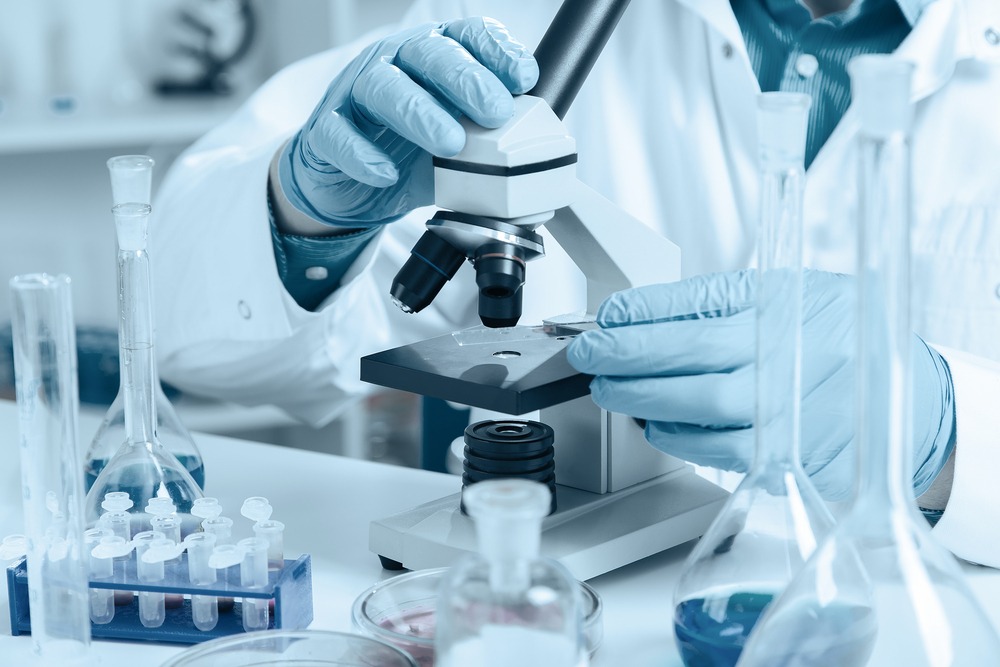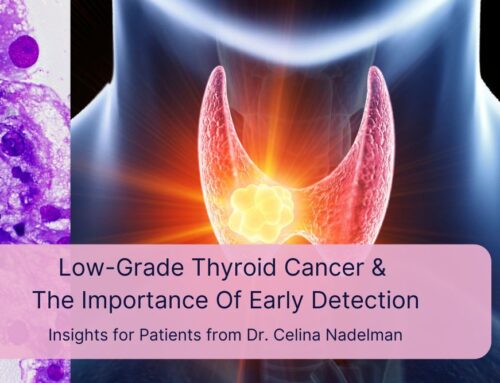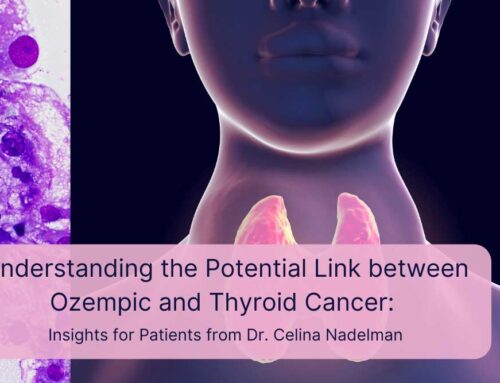
Your FNA specialist uses one of two ways to look at tissue samples to help determine if your lump is benign or malignant. FNA stands for fine needle aspiration. FNB stands for a fine needle biopsy. They do both work for collecting tissue samples. However, many people prefer FNA for lumps in their necks, faces, and heads. We’re going to break down the differences between the two in this post. Our goal is to give you all of the information that you need to make an informed decision.
Understanding the Difference Between FNA and FNB
As we mentioned earlier, FNA is a form of biopsy using a fine needle. FNB is also a biopsy method that involves using a needle. Your biopsy doctor LA will use an ultrasound machine to look at the lumps and guide the needle into the lump to collect cells. However, this is where the main difference comes into play.
A sample taken using fine needle aspiration will show the tissue samples on a cellular level. A sample taken using a fine needle biopsy shows the tissue samples as an intact core. However, this doesn’t improve the accuracy level over a tissue sample taken with FNA.
Both procedures are relatively quick. They can last anywhere between 20 minutes and an hour from start to finish. You usually don’t do much in preparation for either procedure. Your FNA specialist may recommend that you discontinue taking certain medications 24 to 48 hours before you have the procedure. You’ll also have minimal downtime after the procedure. Since this procedure is very minimally invasive, you shouldn’t have a lot of pain after the biopsy with either FNA or FNB.
Why Use FNA or FNB For Neck and Head Masses
People like to use FNA or FNB to help diagnose neck or oral lumps because there is a decreased risk of getting an infection during and after the procedure. Since they use small and thin needles to extract the samples, you won’t have to worry as much because you’ll end up with a small needle hole instead of an incision.
There is also no anesthesia with fine needle aspiration or with a fine needle biopsy. You will most likely get a local numbing agent instead. In turn, you’ll have reduced surgical risks. Finally, people also choose these types of biopsy methods because you can get precision results over what you’d get with an incisional biopsy.
Bottom Line
Both FNA and FNB are options for anyone who has a lump that they want to find out if it’s benign or malignant. You should contact a biopsy doctor LA to help understand your options. This is also an excellent time to set up an appointment or a consultation.




